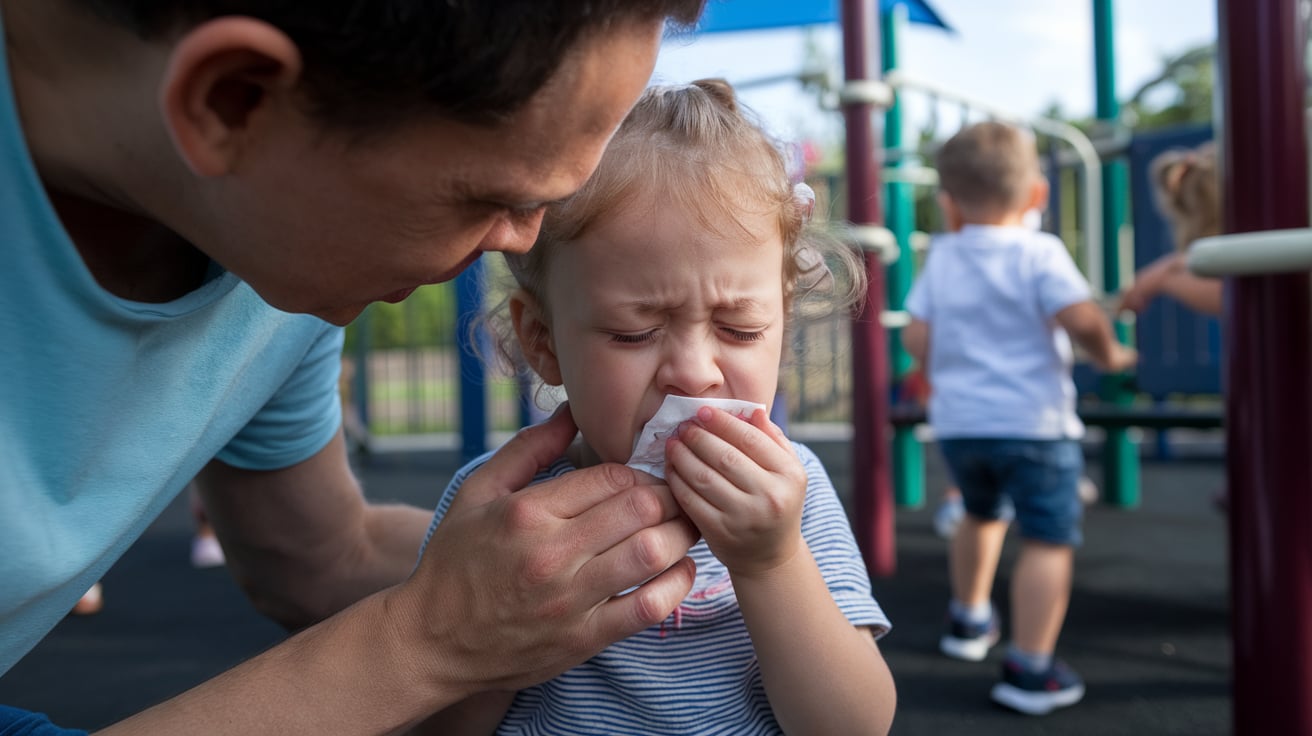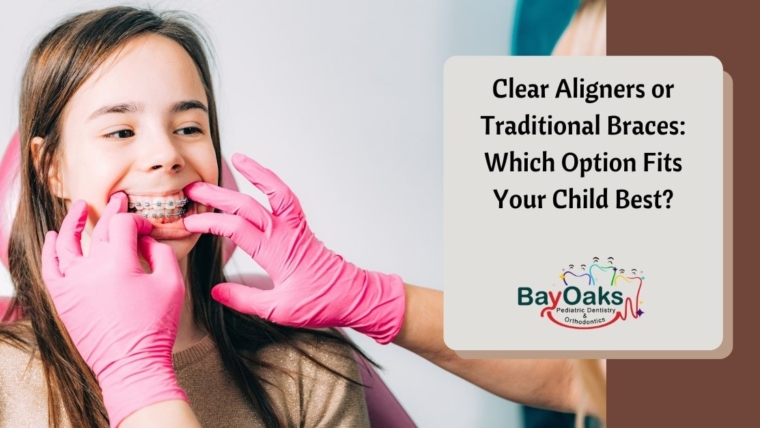
What to Do When Your Child Knocks Out a Tooth
What to Do When Your Child Knocks Out a Tooth
Here’s what every parent should know about emergency pediatric dental care.
Don’t Panic: Your Child is Picking Up on Your Emotions
Step 1: Check whether it is a baby tooth or a permanent tooth
- Baby Tooth:
- Permanent Tooth:
Step 2: Handle the Tooth Properly
In the case that you have found the full, permanent tooth:
To increase the chances of you saving the tooth, do not:
- Hold the tooth, darn it’s root. Only hold it by the crown.
- If it’s dirty, do not scrub it; gently rinse it with clean water. Do not scrub.
- If you feel confident that your child will remain calm and cooperative, you can attempt to put it back in the socket. If not, place the tooth in:
- – A container of milk
- – The child’s saliva
- – A tooth preservation kit, if you have one
Step 3: Get to a Pediatric Dentist Immediately
Reaching out to the nearest pediatric dental emergency care should be your priority. Time is of utmost importance in these cases. The child has to be seen professionally as soon as possible to ensure the tooth can be salvaged while also avoiding the risk of infection and alignment problems later.
Step 4: Watch for Signs of Further Injury
- Loosening and cracking of the adjacent teeth
- Cuts inside the lips, cheeks, gums, or tongue.
- Pain and swelling of the jaw
Always mention these so-called “minor” symptoms to the dentist.
What Happens After
- Stabilizing the tooth with splinting
- Taking x-rays to assess the level of damage
- Healing assessment follow-up appointments
- If the tooth is unsalvageable in the long term, there are options like space maintainers or future implants
How to Prevent Future Dental Injuries
- Suggesting the use of a mouthguard for your child during sporting activities
- Removing household hazards suitable for young children
- Safety instructions like no running while holding things in the mouth.
- Maintaining a regular schedule with a dentist helps keep the teeth in optimal condition.
If your child experiences a dental emergency treatment for kids, our expert team is here to help. Call us right away or walk into our clinic for immediate care. Because every tooth matters—especially the little ones.


